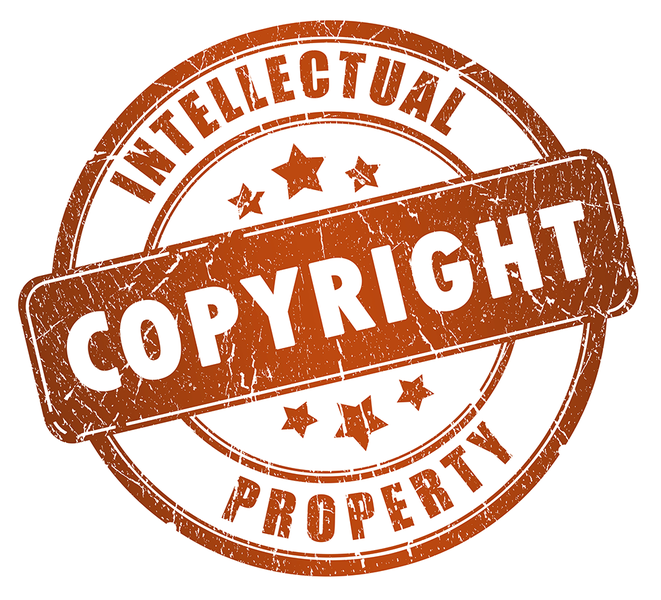Overall Filings: According to the latest data for the fiscal year 2024-25, there were 44,066 copyright applications filed, showing a substantial increase from the previous years. This represents an 83% growth in copyright filings over the last five years, a very impressive figure.
Sectoral Growth: The data indicates that this growth is not confined to a single sector but is a broader trend across different types of works. The rise in digital content creation, especially with the surge in online platforms, has undoubtedly contributed to this increase.

The graph illustrates copyright statistics in India from 2016–17 to 2019–20 across four categories: Filed, Examined, Registered, and Disposal. The number of filings shows steady growth, rising from about 17,827 in 2016–17 to 21,905 in 2019–20. Examination activity witnessed a sharp rise in 2017–18, peaking at 34,388 cases, before declining to 19,460 by 2019–20. Registrations also saw a dramatic increase in 2017–18 (19,997), then dipped but remained higher than 2016–17, closing at 16,048 in 2019–20. Disposal of cases rose steeply in 2017–18 (39,799) and then gradually decreased to 19,490 by 2019–20. Overall, the trends highlight a major surge in examination, registration, and disposal during 2017–18, followed by stabilization at higher levels than the baseline year, with filings showing consistent upward growth.

